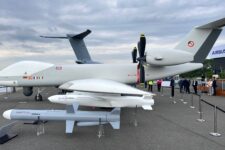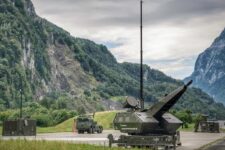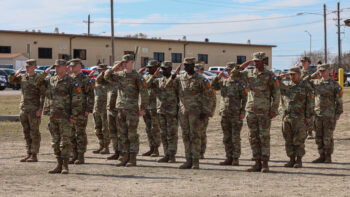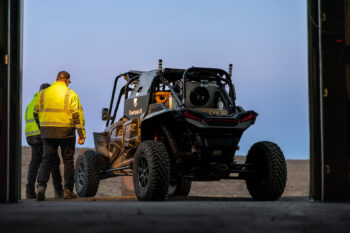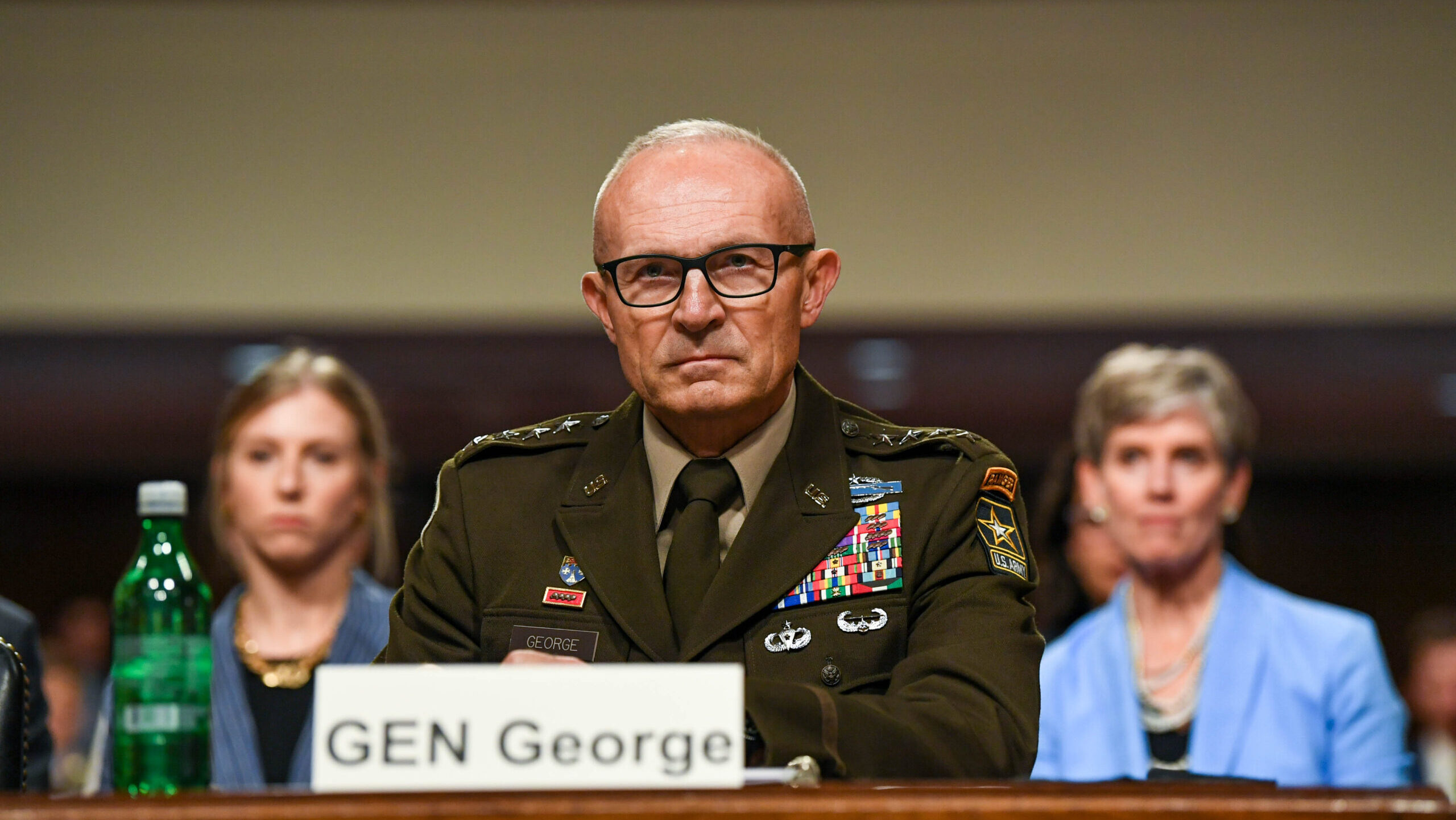
Army Vice Chief of Staff Gen. Randy George answers questions from members of the Senate Armed Services Committee during his confirmation hearing at the Dirksen Senate Office Building, Washington, D.C., July 12, 2023. George was nominated to become the next Army Chief of Staff by President Joseph R. Biden. (U.S. Army photo by Sgt. David Resnick)
The tremor Army aviators felt in their bones Thursday evening was the result of the Army’s surprise decision to scrap one of its marquee, high-dollar future rotorcraft programs in favor of investing in current platforms. In the op-ed below, former senior Army officer and acquisition expert John Ferrari says the move is a good start.
Last night, the Army announced that it is terminating one of its two major new-development aviation programs, the Future Attack Reconnaissance Aircraft, as part of a broader aviation rethink. These cuts are the right calls, and should be taken as a sign that Gen. Randy George, the relatively new Army Chief of Staff, is willing to make hard choices.
That’s good, because he has many more he’s likely to have to make. The fiscal dysfunction in Washington, exploding costs associated with nuclear modernization, and lessons learned on the Ukraine battlefield should begin driving changes in long-held modernization plans, and previously sacred cows need to be on the table.
Make no mistake, this was a bold choice by George. The Army had spent almost $2.4 billion developing this helicopter, and had planned to spend many more billions to develop and field it far into the future. But in order to pay these developmental bills, the Army would have had to destroy the industrial base of its existing aircraft fleet at a time of increased global tensions.
The Army is under enormous fiscal pressure coming into the 2025 budget that is to be released (budget watchers hope) in the next few weeks. With a pay raise over 5 percent and a topline only increasing within DoD at 1 percent, procurement and development are likely to be the billpayers. The current strategy within the DoD is to “divest-to-invest,” in essence, kill production of today’s weapons in order to develop weapons for the next decade. That the Army is going against this mantra is significant, signaling the largest service is getting serious about the threat of warfare this decade rather than the next.
While we can expect that some portion of the funds that have been harvested from this decision will go to “pay other bills” such as the pay raise, much of the money is going towards continuing production of the Chinook, an enduring workhorse that many in the Army had wanted to cancel. Additionally, this now sets the tone and provides the money that the Army is going all in on unmanned aerial systems, something that it had over the past few years been avoiding, with its half-in/half-out manned/unmanned platform approach.
The path forward for the Army within armed attack and aviation now appears to be a mix of enduring aircraft — of which the Apache is the best in the world — space, and unmanned systems. So, what should be the next steps for Army aviation? There are two paths I would like to see.
First, on the Apache, Boeing and the Army should be investing heavily in artificial intelligence and gunner/pilot assisted technologies. The Apache is likely to be flying for the next two decades and with software upgrades, it can and will be an important part of the Army’s arsenal.
Second, as it looks at its future aviation drones, it needs to make sure that they can be produced by the thousands and that they can change systems every few years. The Army should not lock itself into a decades long program for unmanned aviation systems and instead should be buying from multiple vendors, rewarding those who innovate and enticing new entrants with procurement contracts ready to go.
And not all changes that the new chief pushes will be in the realm of technology. The Army is currently severely undermanned and without significant reductions in the number of units, it will quickly become a hollow force. The Army also has too many non-commissioned officer billets which will force it to relook if it can keep specialty units like the SFABs. Both these changes need to be on the table.
The emergency supplemental working its way through Congress has $5.3 billion for 155mm artillery, $1.5 billion for PAC-3 missiles, $550 million for Guided Rockets, $960 million for small and medium caliber ammo, and several hundred more for an assortment of other munitions. And yet, the Army needs to show industry in its long-term funding plan that procurement levels will remain high. To do this within its topline, it is going to have to cut, at some point, more of its research and development funds.
Some will want to criticize the Army for this decision. Some will decry the $2.4 billion spent as wasted. None of the criticism, however, will overcome the fact that the new Army Chief is proving that he can make difficult and independent decisions. That’s good for the Army, and it’s vital that his colleagues across the services take note — and start taking a critical eye at their own long-term plans.
Maj. Gen. John Ferrari, US Army (ret.), is a visiting fellow at the American Enterprise Institute (AEI) and is the former director of program analysis and evaluation for the US Army.
India joins Eurodrone effort as observer nation
India’s interest in Eurodrone builds off a joint statement signed with Germany in October 2024 to deepen defense cooperation and which includes a “specific focus on technology collaboration, manufacturing/co-production and co-development of defence platforms and equipment.”
